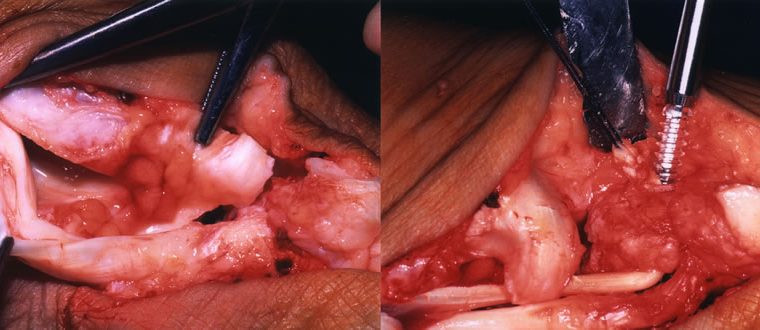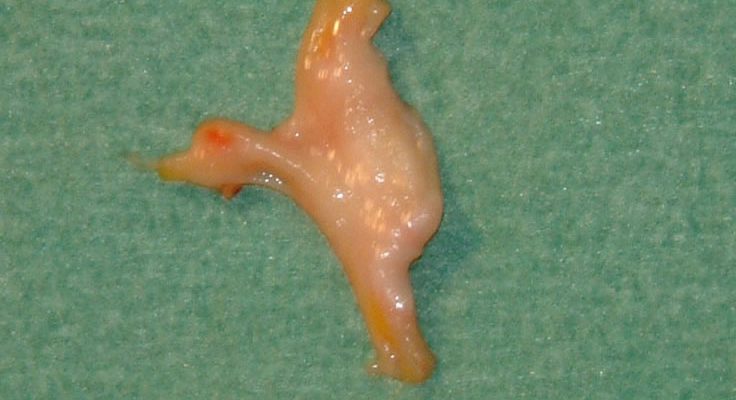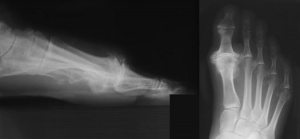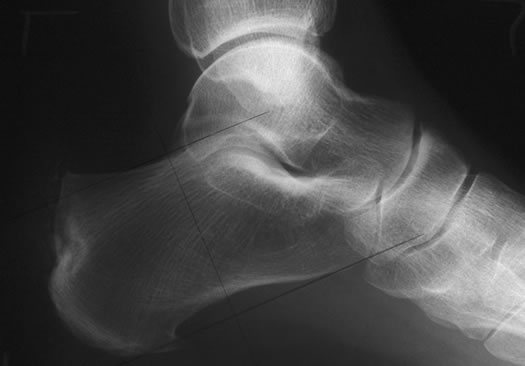High Arch – Pes Cavus
Excessively high arches can be neuromuscular in origin which causes an imbalance between two pairs of muscles or structural in origin following trauma or underlying deformity. Pes Cavus is used to describe an excessively high medial longitudinal arch. The cavus deformity of the mid foot …






